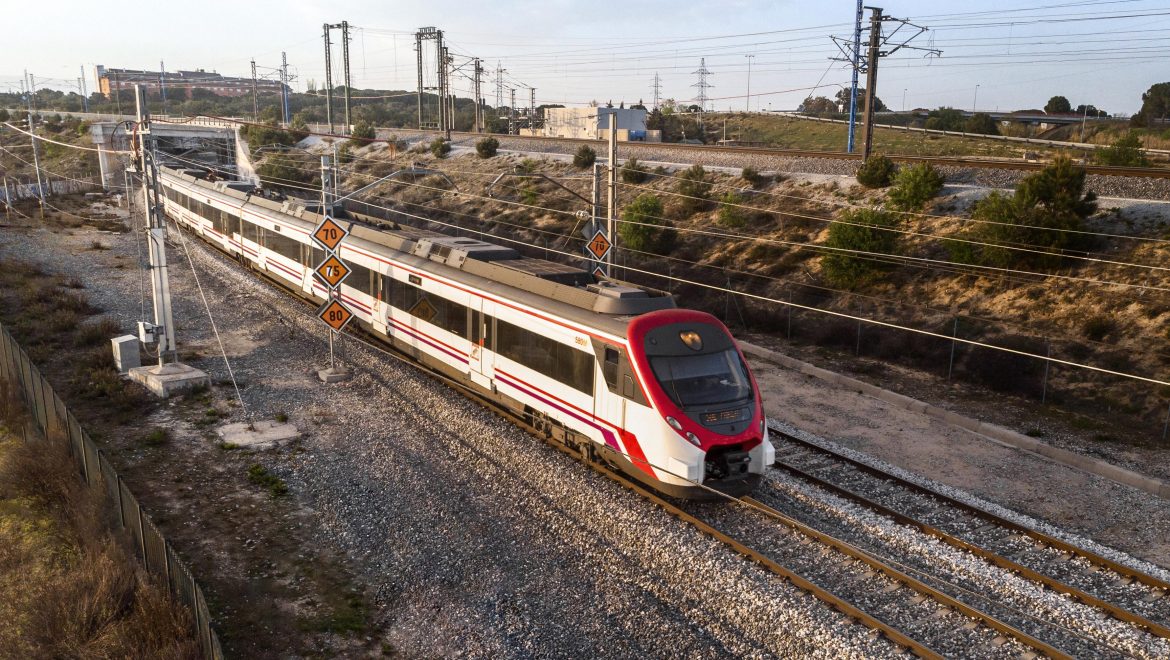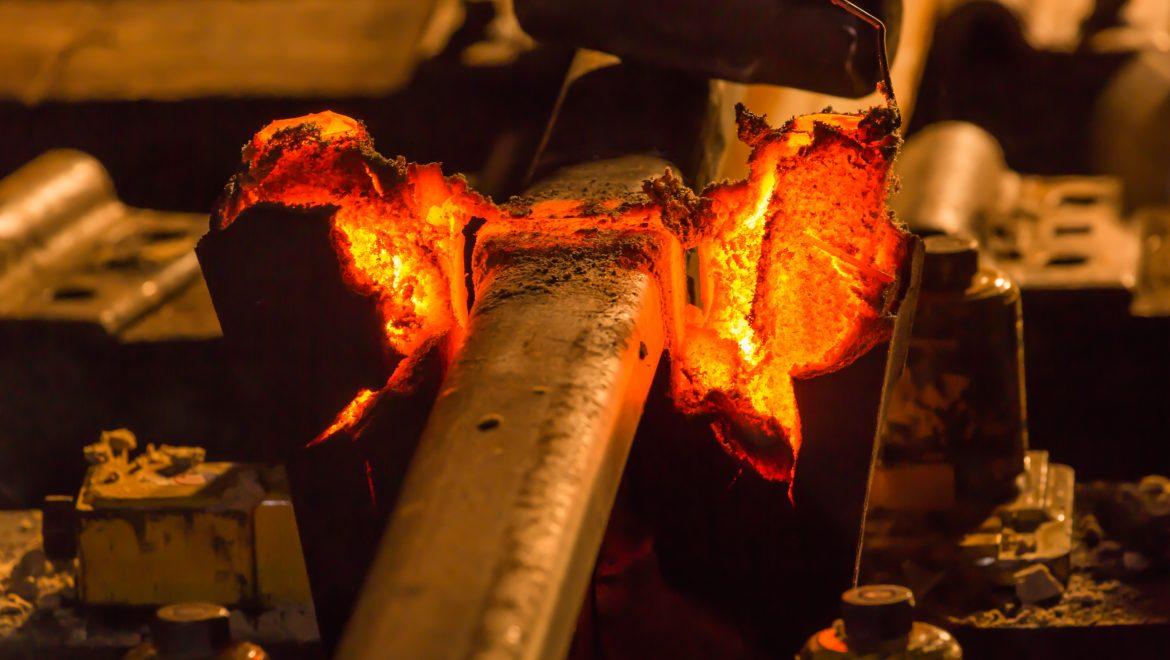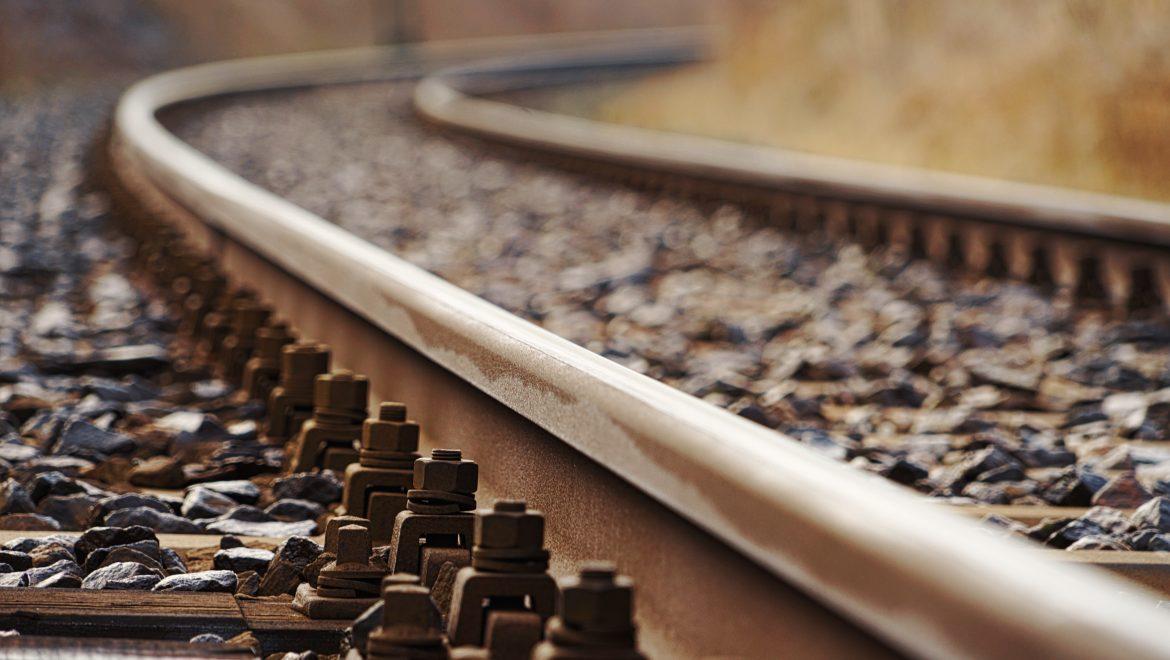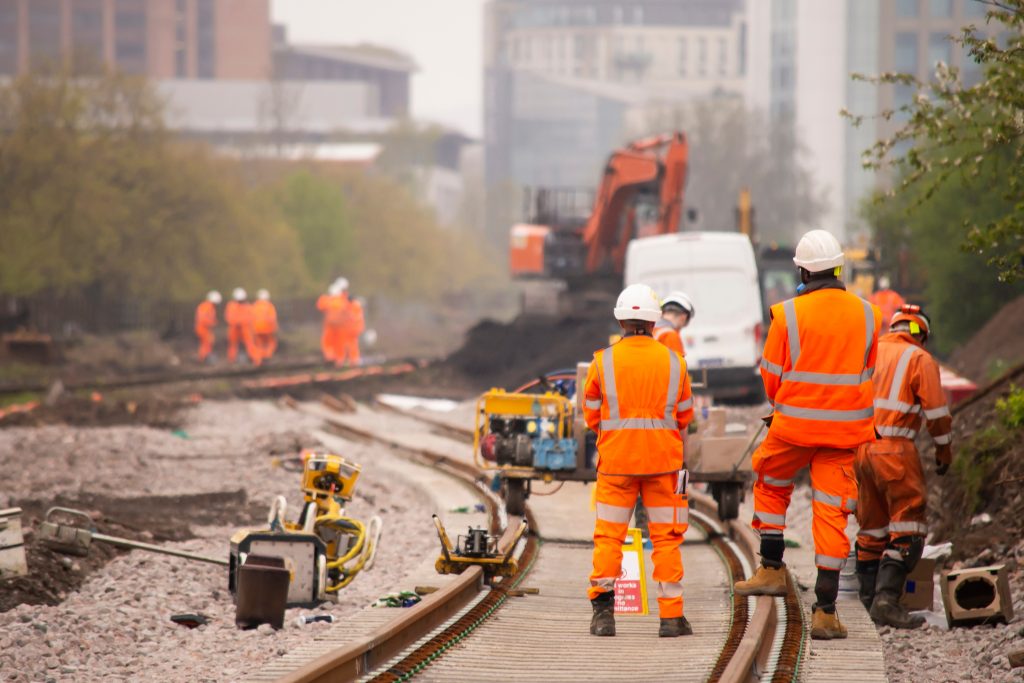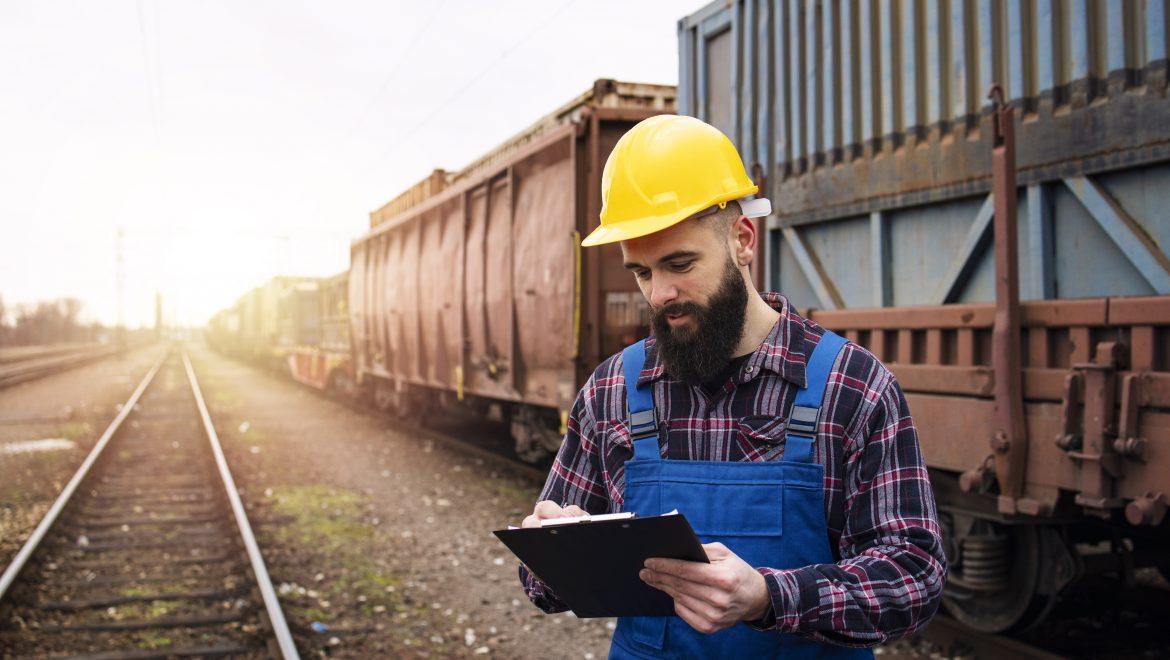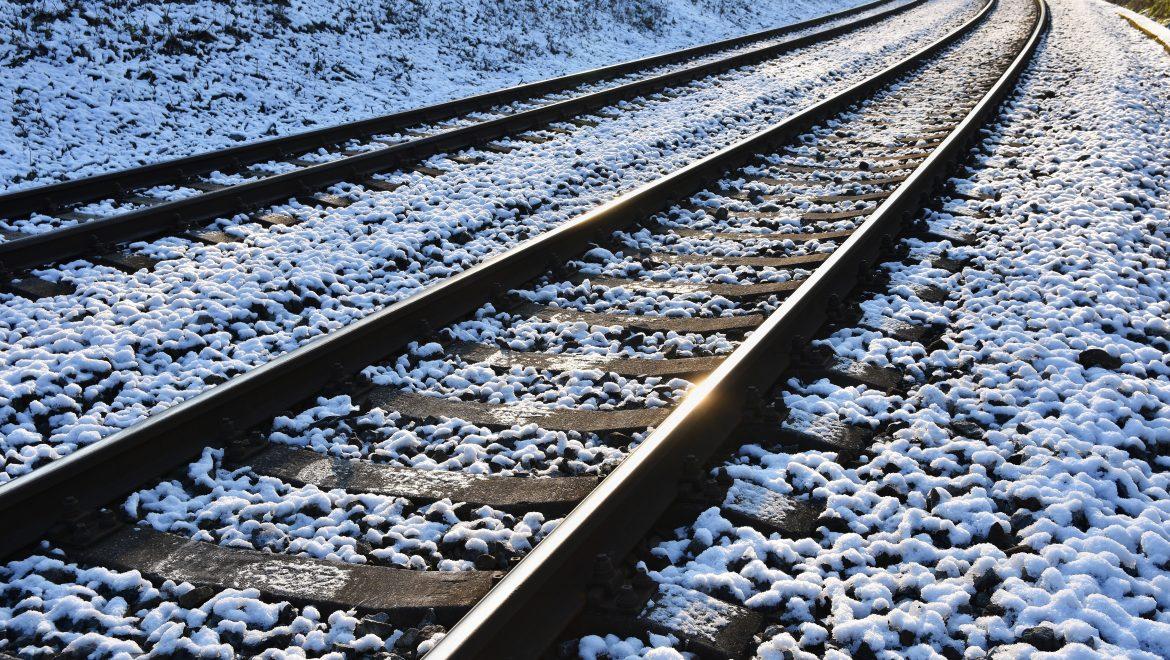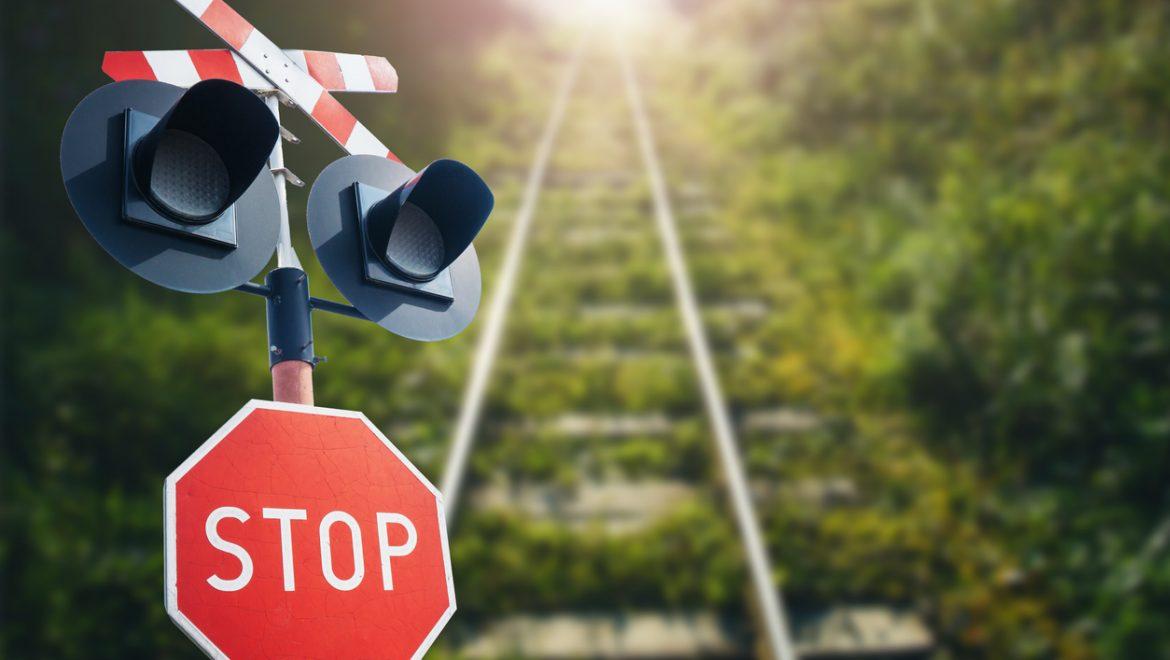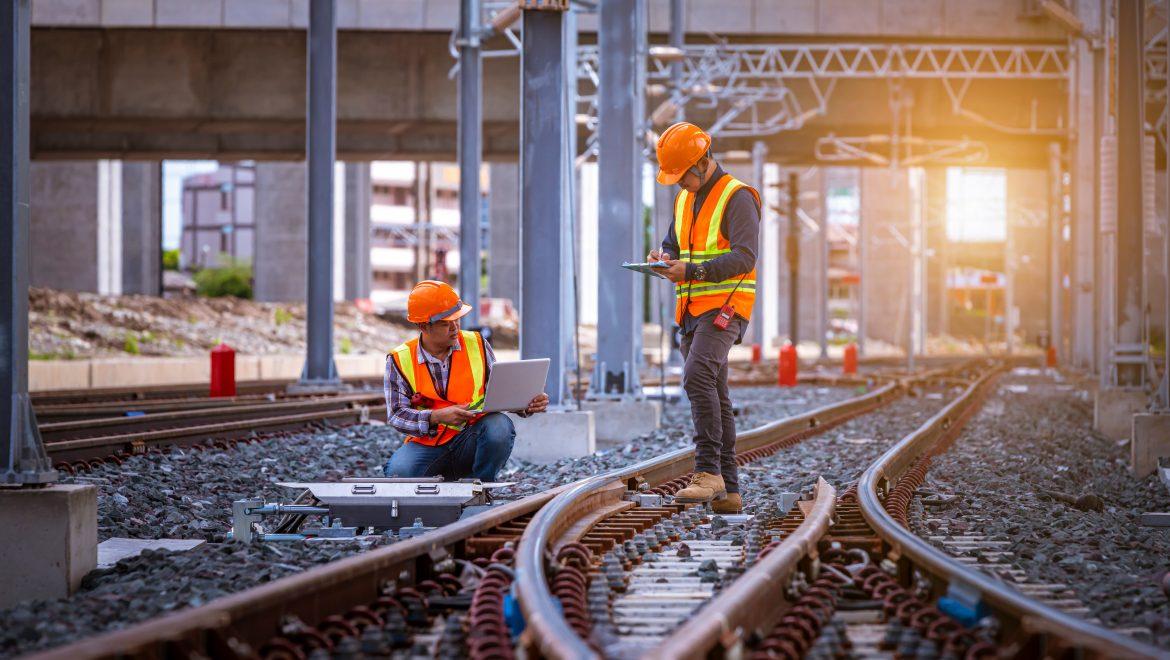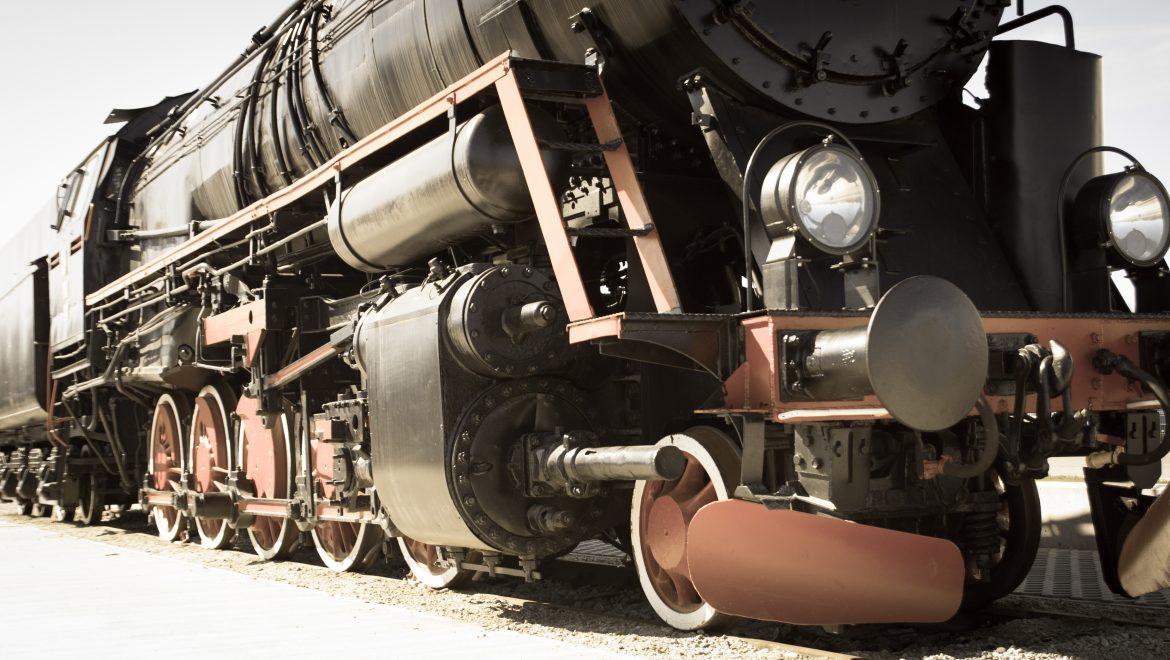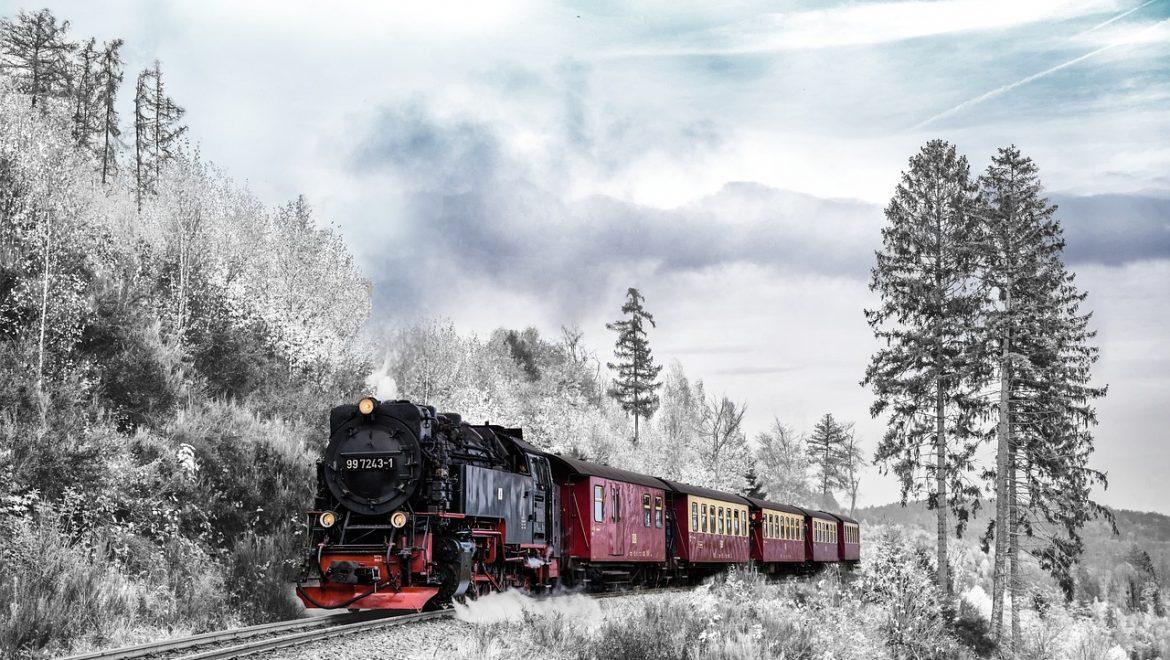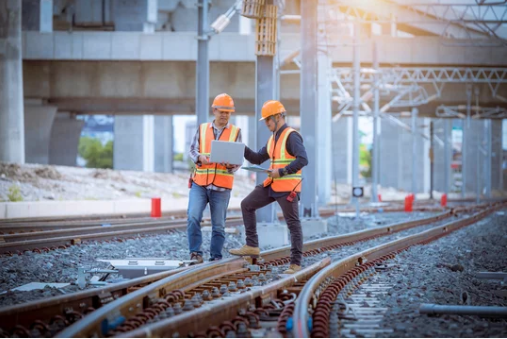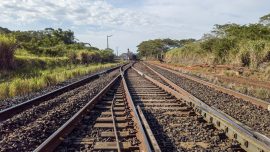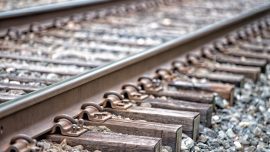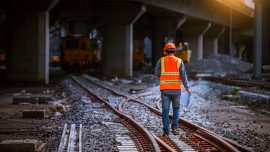How Does Railroad Construction Differ For High-Speed Trains?
High-speed rail tracks are designed to accommodate trains that travel at much higher speeds than traditional trains. There is no standard classification for them, but these trains typically travel at speeds of over 100 mph. Many countries in Europe and Asia have utilized high-speed railway networks for more efficient ground-based transportation. The first country to implement a high-speed rail system was Japan in 1964, with its world-famous “bullet train”.
In the United States, new high-speed railways are being built, such as the Brightline in Florida and Amtrak’s nationwide railway network. Companies like R&S Track Maintenance are helping build high-speed railways in the Midwest to give Americans another mode of long-distance transportation. To support these high speeds, the tracks must be built differently than freight tracks.
What Makes High-Speed Rails Go Fast?
The speed at which a train can travel is usually limited to the type of track it’s on. Because of this, high-speed trains can not share the same tracks as freight trains. To exceed speeds of over 100 mph, many trains must travel through overhead electrical power rather than diesel. Electric power is used for several reasons, it gives the train greater control of acceleration and deceleration, is quieter than a diesel engine, and is more energy efficient than diesel fuel.
If high-speed tracks are going to compete with other forms of long-distance travel, they need to be able to transport people quicker than driving or flying. In order for a train to maintain its speed, the track needs to be built mostly straight and flat. Additionally, these tracks need to have minimal stoppages so the train can travel at its top speed for a significantly long distance. To do this, dedicated high-speed tracks need to have fewer train stops at a very long distance apart.
How is High-Speed Railroad Construction Different?
Track Alignment
Unlike freight lines, high-speed rails can not have many tight turns or changes in elevation. So, they are normally built in a straight line and have longer curves to maintain high speeds. This helps reduce friction, energy consumption, and wear on the train components.
Track Gauge
Similar to freight trains, high-speed trains normally operate on standard gauge (width) tracks, which are about 4 feet 8.5 inches wide. But these tracks are well-maintained with exceptional precision to ensure smooth train operation.
Bolted vs. Welded Rails
The traditional method of joining segments of rails is to bolt them together using metal fishplates, producing jointed tracks. For high-speed trains, the rails are welded together to form a continuous welded rail. At R&S Track Maintenance, we use thermit welding to create tracks that are much stronger and need less maintenance than traditional rails.
Maintenance
To ensure safety and performance standards are met, high-speed tracks need to be inspected and maintained very often. R&S can keep your tracks running smoothly with our general maintenance services.
High-Speed Rail Construction in the Midwest
R&S Track Maintenance has been serving the track maintenance and railroad construction needs of the Midwest for over 30 years. Contact us at 402-563-2350 for more information.

